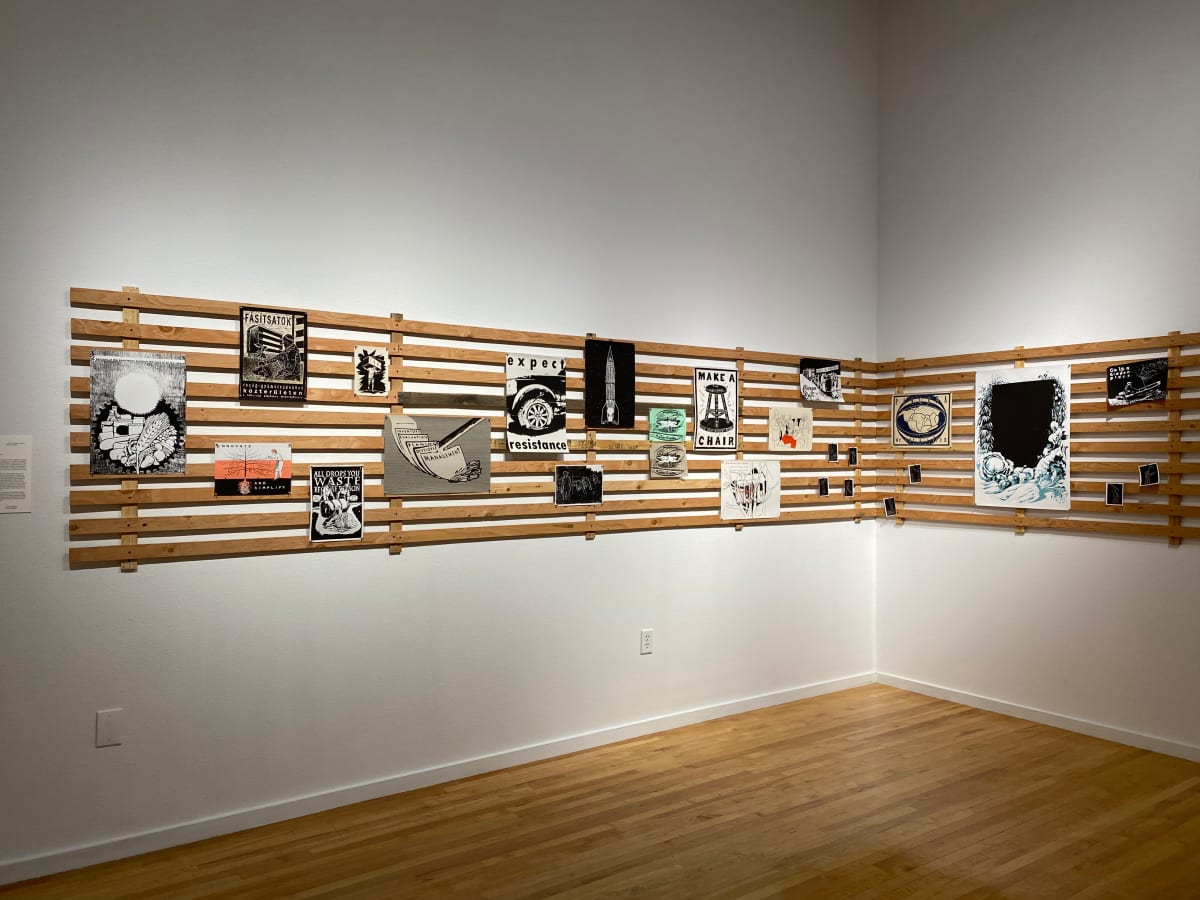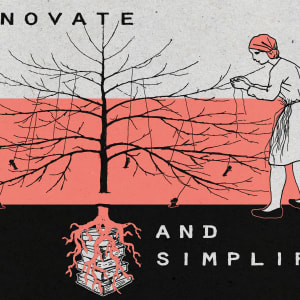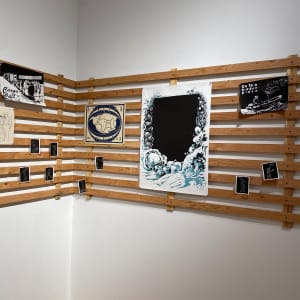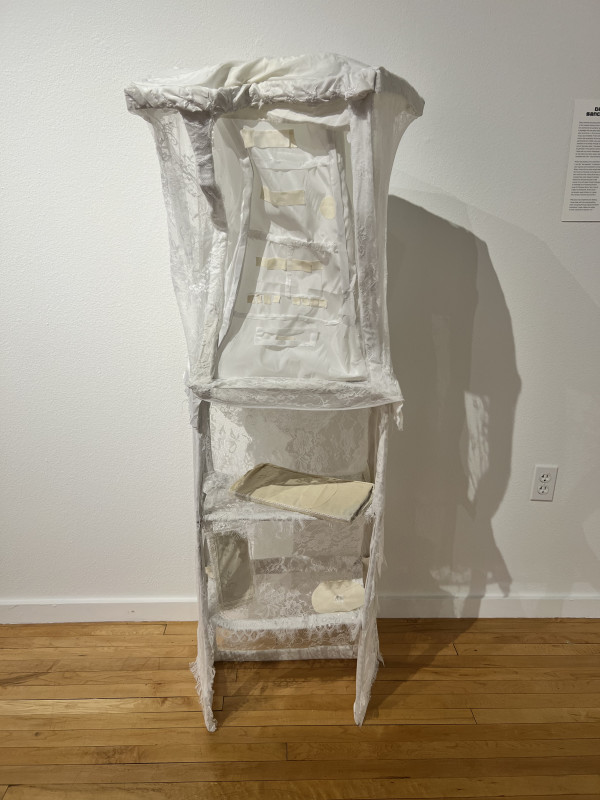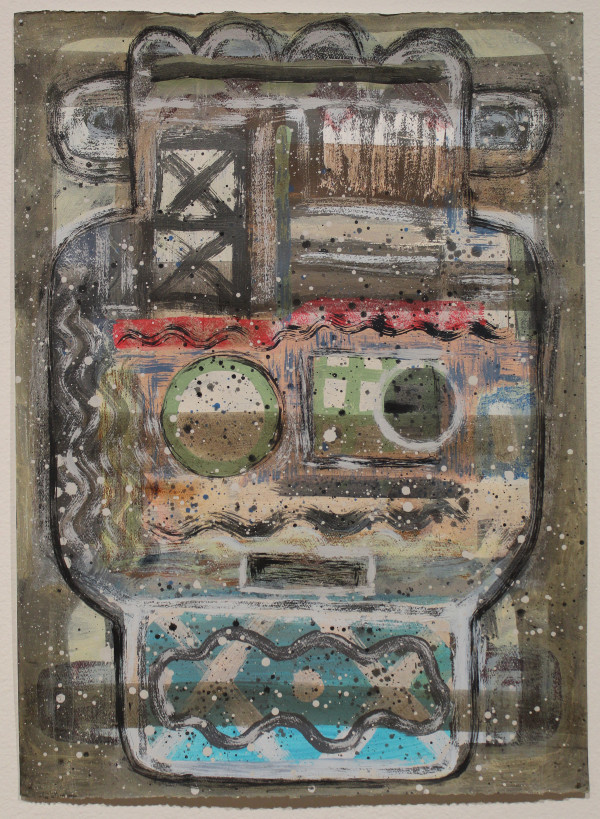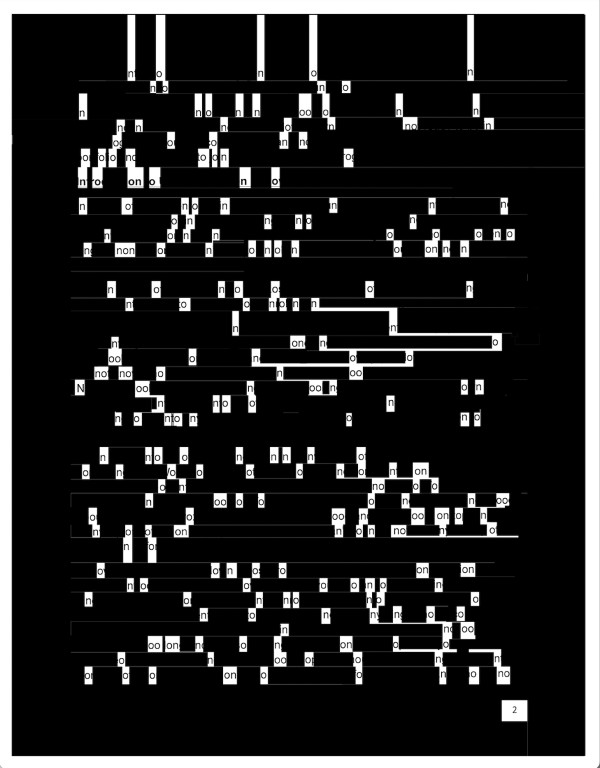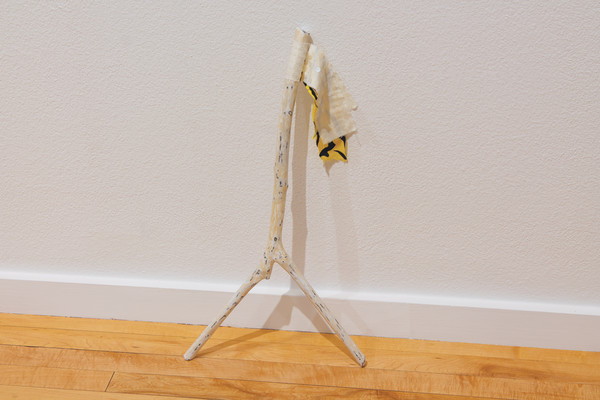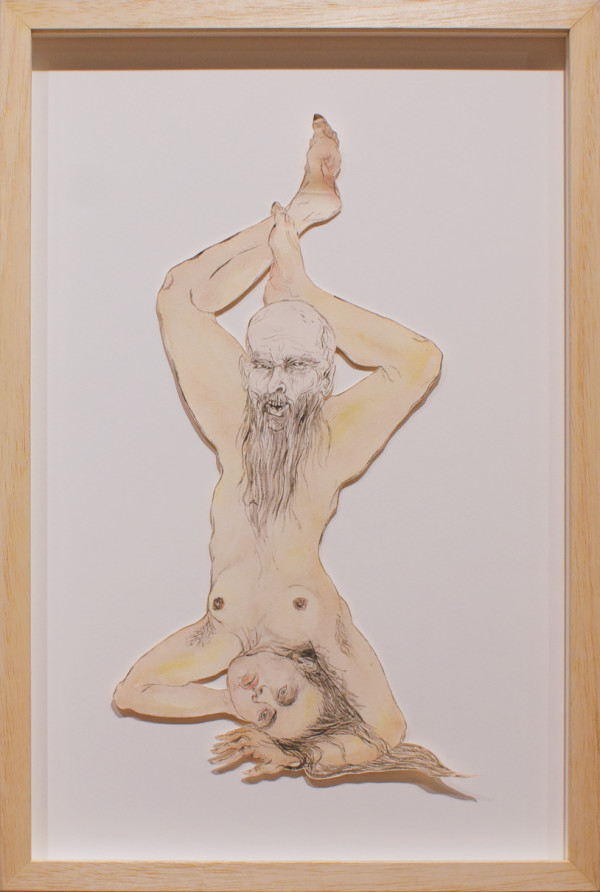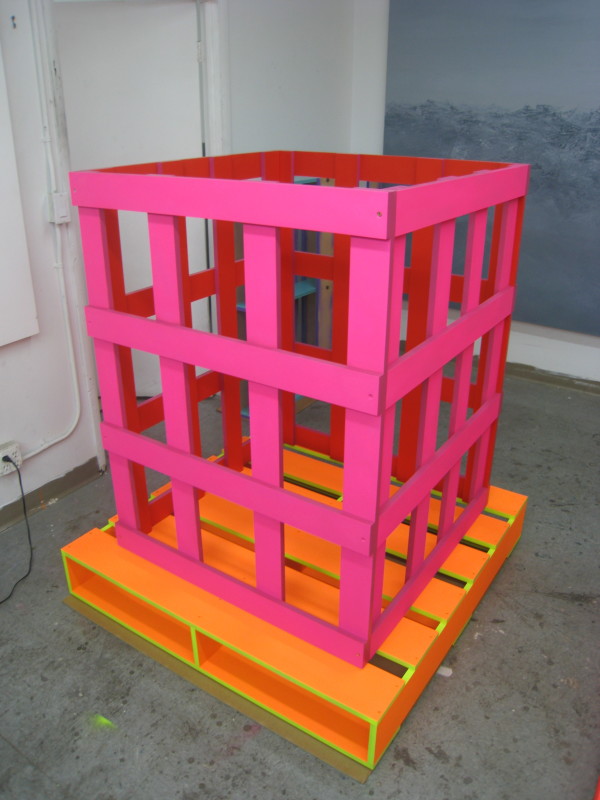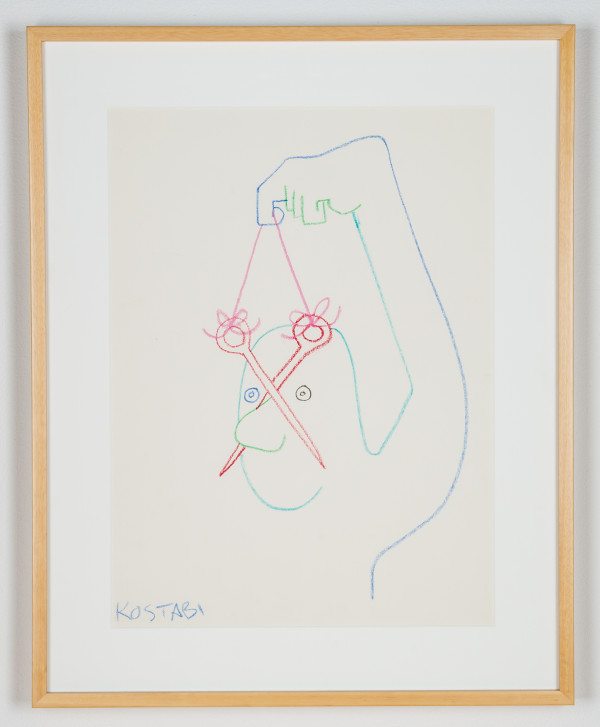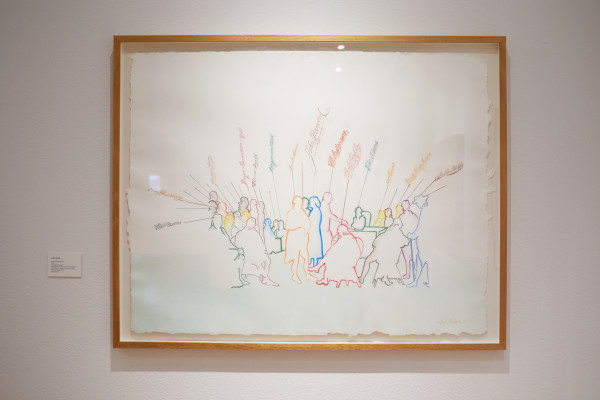
UNLV Marjorie Barrick Museum of Art
Las Vegas, Nevada
We believe everyone deserves access to art that challenges our understanding of the present and inspires us to create a future that makes space for us all.
MessageTamás Kaszás (b. 1976, Dunaújváros, Hungary; based in Budapest)
"Sci-Fi Agit Prop" 2009-2016
Bulletin board, posters
Courtesy of the artist and Kisterem Gallery, Budapest
Tamás Kaszás’ Sci Fi Agit Prop (The Science Fiction of Agitative Propaganda) is a series of graphic works on a bulletin board. The posters are displayed as the communiqués of a fictional, self-sufficient, utopian community living in a rural area. While Sci Fi Agit Prop is set in an imagined future and puts forth possible practices and knowledge after a fictitious political-economic-technological collapse (“innovate and simplify,” “conquer the permafrost”), this futurist project from the past, has now, in the current moment of rupture, arrived in the present.
Kaszás has engaged with experiments in self-supported living for more than fifteen years, both in his work and in his private life. Consequently, the means and the ends of his artistic practice align: He uses low-quality, low-technology, easily available, easily reproducible, cheap materials and methods, that—with a bit of practice and dedication—could be followed without much reliance on any infrastructure. At the same time, there are several cultural references and quotes in Sci Fi Agit Prop. In terms of format, the Hungarian artist deploys and queries twentieth-century political visual communication: grassroots, revolutionary, agitative practices as well as the state socialist propaganda circulated to people in Eastern Europe, among others, on wooden bulletin boards.
The current significance of Sci Fi Agit Prop lies in its practical, embodied approach. Rather than solely theorizing about ruptures, Kaszás proposes an alternative in practice: Engaging with the surrounding, resorting to available means and creativity, one could become more self-sufficient and thus more autonomous. Cutting across ideological, historical, and territorial dividing lines, “here comes the folk science.”
By Eszter Szakács (based in Budapest)
- Created: 2009-2016
